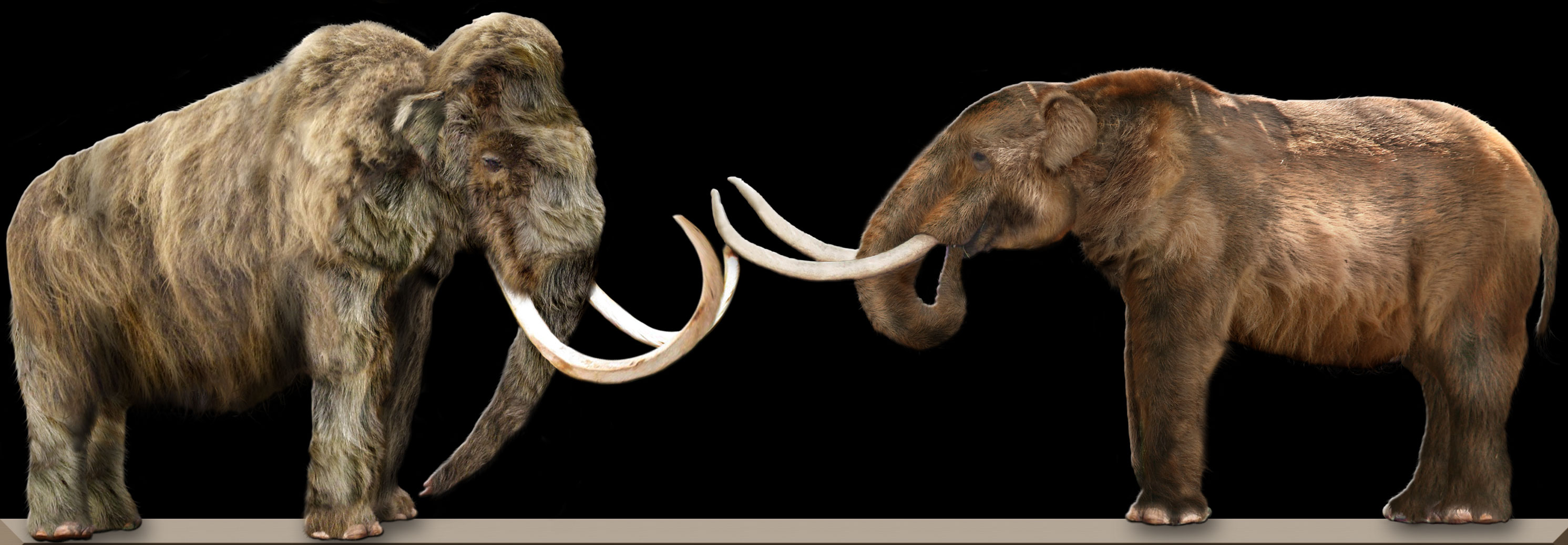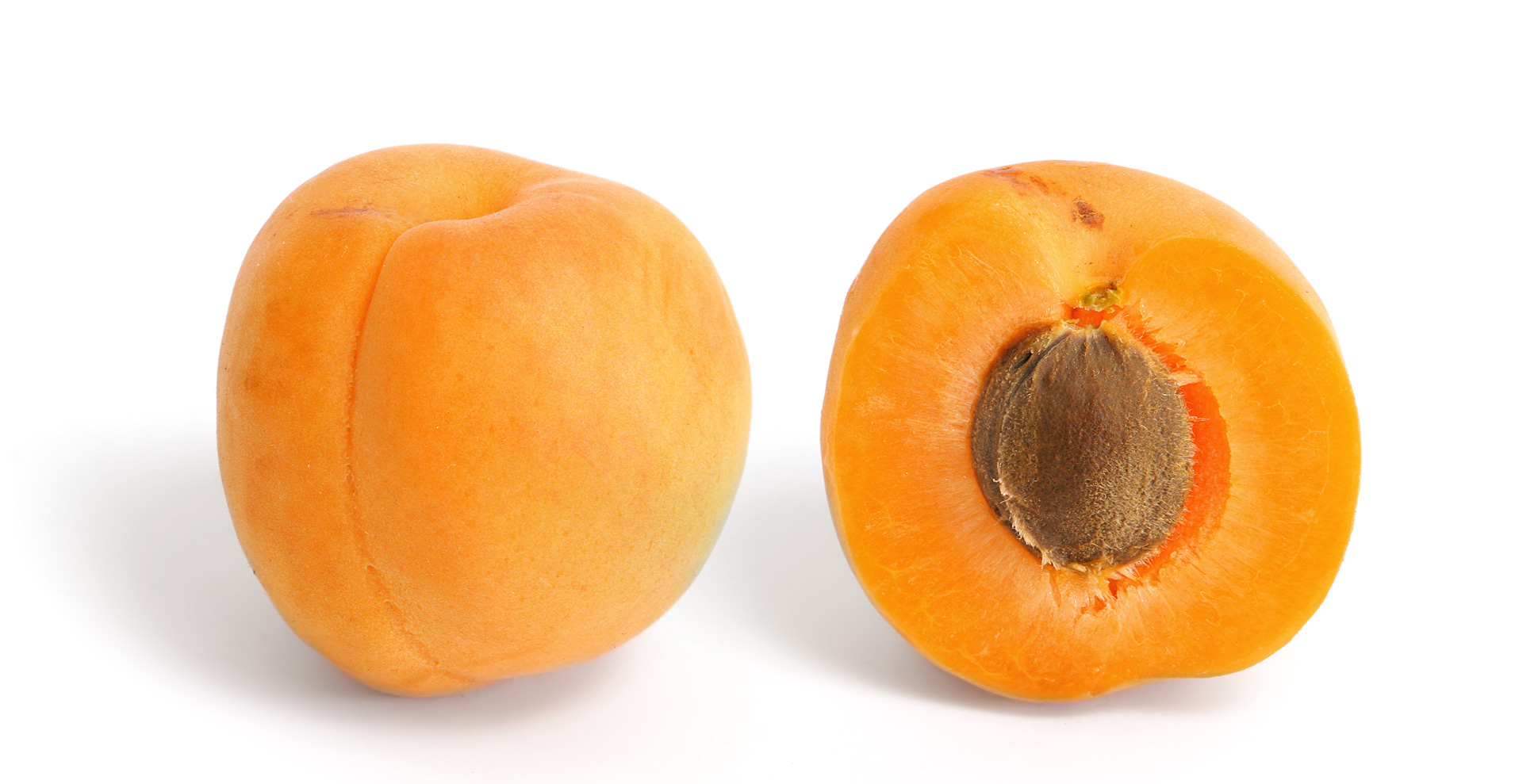|
Proboscidea Althaeifolia
Seeds MHNT ''Proboscidea althaeifolia'' is a species of flowering plant in the family Martyniaceae known by the common names desert unicorn-plant and yellow-flowered devil's claw. It is native to the desert southwest of the United States, where it grows in sandy habitat and blooms during the hot summer. This is a perennial herb growing from a thick, tuberlike yellow root. The stem is decumbent, creeping along the ground. The shiny leaves have rounded, oval, or roughly triangular blades up to 7 centimeters long which are deeply lobed and wavy along the edges. The inflorescence is an array of many showy, fragrant, bell-shaped flowers with five lobes flaring several centimeters wide. The flower is yellow to orange or apricot with an intricate pattern of speckles and streaks, its lower lobe lined with a nectar guide Nectar guides are markings or patterns seen in flowers of some angiosperm species, that guide pollinators to their rewards. Rewards commonly take the form of nectar ... [...More Info...] [...Related Items...] OR: [Wikipedia] [Google] [Baidu] |
Capsule (botany)
In botany a capsule is a type of simple, dry, though rarely fleshy dehiscent fruit produced by many species of angiosperms (flowering plants). Origins and structure The capsule (Latin: ''capsula'', small box) is derived from a compound (multicarpeled) ovary. A capsule is a structure composed of two or more carpels. In (flowering plants), the term locule (or cell) is used to refer to a chamber within the fruit. Depending on the number of locules in the ovary, fruit can be classified as uni-locular (unilocular), bi-locular, tri-locular or multi-locular. The number of locules present in a gynoecium may be equal to or less than the number of carpels. The locules contain the ovules or seeds and are separated by septa. Dehiscence In most cases the capsule is dehiscent, i.e. at maturity, it splits apart (dehisces) to release the seeds within. A few capsules are indehiscent, for example those of '' Adansonia digitata'', '' Alphitonia'', and ''Merciera''. Capsules are often cla ... [...More Info...] [...Related Items...] OR: [Wikipedia] [Google] [Baidu] |
George Bentham
George Bentham (22 September 1800 – 10 September 1884) was an English botanist, described by the weed botanist Duane Isely as "the premier systematic botanist of the nineteenth century". Born into a distinguished family, he initially studied law, but had a fascination with botany from an early age, which he soon pursued, becoming president of the Linnaean Society in 1861, and a fellow of the Royal Society in 1862. He was the author of a number of important botanical works, particularly flora. He is best known for his taxonomic classification of plants in collaboration with Joseph Dalton Hooker, his ''Genera Plantarum'' (1862–1883). He died in London in 1884. Life Bentham was born in Stoke, Plymouth, on 22 September 1800.Jean-Jacques Amigo, « Bentham (George) », in Nouveau Dictionnaire de biographies roussillonnaises, vol. 3 Sciences de la Vie et de la Terre, Perpignan, Publications de l'olivier, 2017, 915 p. () His father, Sir Samuel Bentham, a naval architect, w ... [...More Info...] [...Related Items...] OR: [Wikipedia] [Google] [Baidu] |
Joseph Decaisne
Joseph Decaisne (7 March 1807 – 8 January 1882) was a French botanist and agronomist. He became an ''aide-naturaliste'' to Adrien-Henri de Jussieu (1797-1853), who served as the chair of rural botany. It was during this time that he began to study plants brought back by various travelers like those of Victor Jacquemont (1801-1832) from Asia. Decaisne used applied research, most notably on the agronomy of the madder, the yam and the ramie. He was also interested in algae. Biography Although born in Brussels, Belgium, he exercised his activity exclusively in Paris. He entered in 1824 as a gardener at the ''Muséum national d'histoire naturelle'' (French museum of natural history) and became, in 1832, head of the ''carré des semis'' section. He also worked at the '' Jardin des Plantes'' and collaborated with Asa Gray. In 1847 he chaired Statistical Agriculture department in the College de France. In 1850, Decaisne followed Charles-François Brisseau de Mirbel (1776-1854) as ... [...More Info...] [...Related Items...] OR: [Wikipedia] [Google] [Baidu] |
Proboscidea Althaeifolia MHNT Seeds
The Proboscidea (; , ) are a taxonomic order of afrotherian mammals containing one living family ( Elephantidae) and several extinct families. First described by J. Illiger in 1811, it encompasses the elephants and their close relatives. From the mid-Miocene onwards, most proboscideans were very large. The largest land mammal of all time may have been a proboscidean; '' Palaeoloxodon namadicus'' was up to at the shoulder and may have weighed up to , almost double the weight of some sauropods like ''Diplodocus carnegii''. The largest extant proboscidean is the African bush elephant, with a record of size of at the shoulder and . In addition to their enormous size, later proboscideans are distinguished by tusks and long, muscular trunks, which were less developed or absent in early proboscideans. Three species of elephant are currently recognised: the African bush elephant, the African forest elephant, and the Asian elephant. Elephantidae is the only surviving family of th ... [...More Info...] [...Related Items...] OR: [Wikipedia] [Google] [Baidu] |
Martyniaceae
Martyniaceae is a family of flowering plants in the Lamiales order that are restricted to the Americas. The family was included in Pedaliaceae in the Cronquist system (under order Scrophulariales) but is recognized as a separate family by the Angiosperm Phylogeny Group on the basis of phylogenetic studies that show that the two families are not closely related. Both families are characterized by having mucilaginous hairs — which give the stems and leaves a slimy or clammy feel — and fruits with hooks or horns. Some members of the genus ''Proboscidea'' are known as "unicorn plant" or "devil's claw" because of their horned seed capsules. Genera * '' Craniolaria'' * '' Holoregmia'' * '' Ibicella'' * '' Martynia'' * ''Proboscidea The Proboscidea (; , ) are a taxonomic order of afrotherian mammals containing one living family ( Elephantidae) and several extinct families. First described by J. Illiger in 1811, it encompasses the elephants and their close relatives. Fr . ... [...More Info...] [...Related Items...] OR: [Wikipedia] [Google] [Baidu] |
Tuber
Tubers are a type of enlarged structure used as storage organs for nutrients in some plants. They are used for the plant's perennation (survival of the winter or dry months), to provide energy and nutrients for regrowth during the next growing season, and as a means of asexual reproduction. ''Stem tubers'' form thickened rhizomes (underground stems) or stolons (horizontal connections between organisms); well known species with stem tubers include the potato and yam. Some writers also treat modified lateral roots (''root tubers'') under the definition; these are found in sweet potatoes, cassava, and dahlias. Terminology The term originates from the Latin , meaning "lump, bump, swelling". Some writers define the term "tuber" to mean only structures derived from stems; others use the term for structures derived from stems or roots., p. 124 Stem tubers A stem tuber forms from thickened rhizomes or stolons. The top sides of the tuber produce shoots that grow into typi ... [...More Info...] [...Related Items...] OR: [Wikipedia] [Google] [Baidu] |
Inflorescence
An inflorescence is a group or cluster of flowers arranged on a stem that is composed of a main branch or a complicated arrangement of branches. Morphologically, it is the modified part of the shoot of seed plants where flowers are formed on the axis of a plant. The modifications can involve the length and the nature of the internodes and the phyllotaxis, as well as variations in the proportions, compressions, swellings, adnations, connations and reduction of main and secondary axes. One can also define an inflorescence as the reproductive portion of a plant that bears a cluster of flowers in a specific pattern. The stem holding the whole inflorescence is called a peduncle. The major axis (incorrectly referred to as the main stem) above the peduncle bearing the flowers or secondary branches is called the rachis. The stalk of each flower in the inflorescence is called a pedicel. A flower that is not part of an inflorescence is called a solitary flower and its stalk ... [...More Info...] [...Related Items...] OR: [Wikipedia] [Google] [Baidu] |
Apricot (color)
Apricot is a light yellowish- orangish color that is similar to the color of apricots. However, it is paler than actual apricots. Etymology The etymology of the color apricot (and the fruit): the word comes from the Arabic ''Al-birquq'' (itself from Greek ''berikokon'', ultimately from Latin ''praecoquum''). ''Apricot'' has been in use as a color name since 1851. Variations of apricot Light apricot Displayed at right is the light tone of apricot called ''apricot'' since 1958 in Crayola crayons. Mellow apricot Displayed at right is the color ''mellow apricot''. This is one of the colors on the British Standards 5252 color list. This color is #06E50 on the 5252 color list. The 5252 color list is for colors used in color coordination and in building construction. The British Standard color lists were first formulated in 1930 and reached their present form in 1955. Apricot in human culture ;Sexuality * In the bandana code of the gay leather subculture, wearing an aprico ... [...More Info...] [...Related Items...] OR: [Wikipedia] [Google] [Baidu] |
Nectar Guide
Nectar guides are markings or patterns seen in flowers of some angiosperm species, that guide pollinators to their rewards. Rewards commonly take the form of nectar, pollen, or both, but various plants produce oil, resins, scents, or waxes. Such patterns also are known as "pollen guides" and "honey guides", though some authorities argue for the abandonment of such terms in favour of ''floral guides'' (see for example Dinkel & Lunau). Pollinator visitation can select for various floral traits, including nectar guides through a process called pollinator-mediated selection. These patterns are sometimes visible to humans; for instance, the Dalmatian toadflax (''Linaria genistifolia'') has yellow flowers with orange nectar guides. However, in some plants, such as sunflowers, they are visible only when viewed in ultraviolet light. Under ultraviolet, the flowers have a darker center, where the nectaries are located, and often specific patterns upon the petals as well. This is be ... [...More Info...] [...Related Items...] OR: [Wikipedia] [Google] [Baidu] |
Indigenous Peoples Of The Americas
The Indigenous peoples of the Americas are the inhabitants of the Americas before the arrival of the European settlers in the 15th century, and the ethnic groups who now identify themselves with those peoples. Many Indigenous peoples of the Americas were traditionally hunter-gatherers and many, especially in the Amazon basin, still are, but many groups practiced aquaculture and agriculture. While some societies depended heavily on agriculture, others practiced a mix of farming, hunting, and gathering. In some regions, the Indigenous peoples created monumental architecture, large-scale organized cities, city-states, chiefdoms, State (polity), states, Realm, kingdoms, republics, Confederation, confederacies, and empires. Some had varying degrees of knowledge of engineering, architecture, mathematics, astronomy, writing, physics, medicine, planting and irrigation, geology, mining, metallurgy, sculpture, and gold smithing. Many parts of the Americas are still populated by Indigeno ... [...More Info...] [...Related Items...] OR: [Wikipedia] [Google] [Baidu] |
.png)


.jpg)


_2007.jpg)